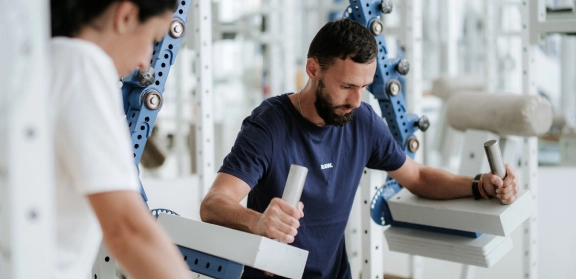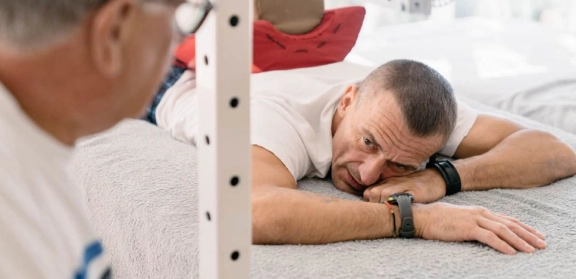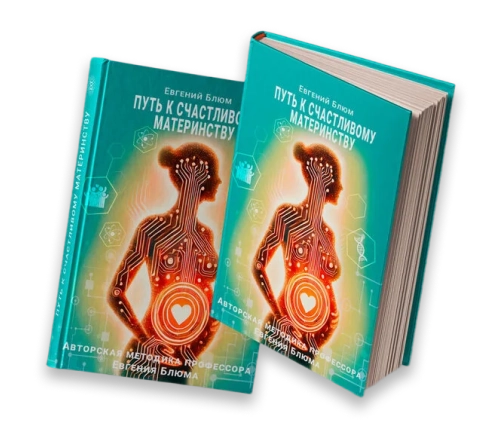Adult Postural Disorder Treatment
Our medical strategy
Our strategy is based on a detailed diagnosis and the identification of all signs of postural disorders:
- Spinal deformities: kyphosis, hyperlordosis, flattened lumbar lordosis, stooping spine
- Pelvic twisting and obliquity, pathological tilt of the pelvis and sacrum
- Hip joint dysplasia/subluxations
- Pathological tilt and twisting of the head and neck, displacement of the lower jaw
- Uneven height and width of the shoulders and shoulder blades
- Chest deformity in width, height, and depth
- Pathological rotation of the hips, hip joints, shins, and feet
- Leg deformities: O-shaped, X-shaped, knee recurvation, flat feet
- Displacement and prolapse of internal organs: kidneys, mediastinum, pancreas, diaphragm, bile duct dyskinesia, compressed vessels and nerves
- Body part disproportions in lateral and frontal projections, short torso, short legs, uneven leg and arm lengths
Based on the diagnostic results, a step-by-step plan is developed to correct all identified issues, starting with restoring the correct position of the pelvis—the foundation on which a straight spine is built. The fundamental distinction of our rehabilitative strategy is that we correct deformities from the inside out, working layer by layer from the bones to the surface of the body.
Simultaneously, our approach to creating individualised programs includes techniques and methods to strengthen connective tissue and restore its structure—the "building blocks" that form a healthy, straight spine.
Subsequently, compensatory deformities in the neck, head, shoulders, shoulder blades, flat feet, and leg deformities are corrected. Thanks to this clear strategy and biomechanical sequencing, the rehabilitative treatment of posture disorders at Professor Blum’s Centre gives lasting results. The proprietary method not only identifies issues at the predisposition level but, through a unique system of techniques and methods, systematically eliminates the problem.
In what types of posture disorders is treatment conducted?
People of various ages come to our Centre to restore body symmetry. In today's world, graceful posture has become a luxury. It not only boosts self-confidence but also serves as an indicator of a person's health. For women, posture is especially important considering their future motherhood, as all maternal body deformities can be passed on to the child.
The earlier the restoration process begins, the easier it is to return the spine to its proper shape and avoid the negative consequences of body deformities.
If you notice signs of postural disorder, don't rely on self-correction of this "habit" without professional help. Schedule a consultation at our Centre and receive a personalised action plan.
The main 6 types of postural disorders we work with:
- Stooped posture
- Exaggerated thoracic kyphosis
- Exaggerated lumbar lordosis
- Flattened lordosis – flat back
- Scheuermann’s disease
- Marfan syndrome
A comprehensive individual rehabilitation program is developed taking into account the patient’s medical history, age, type of postural disorder, rate of progression, compensatory adjustments, and deformities.
General description of the problem
Posture is the spatial alignment of the body in a standing position. Proper posture ensures the physiological curvature of the spine, an even distribution of load on the joints, optimal mobility of the rib cage, sufficient oxygen levels, the correct positioning of internal organs for their proper function, musculoligamentous balance, and free movement without unnecessary energy expenditure.
The development of posture depends on the quality of connective tissue, which is inherited, the proper verticalization of the child during the first year of life, and a number of environmental factors that continuously influence the body.
Connective Tissue Dysplasia is a congenital disorder affecting the structure and function of the locomotor system, leading to developmental issues with the spine and the ligaments and muscles supporting it. This can result in pelvic obliquity, hip joint dysplasia, and in some cases, birth injury causing hip dislocations or torticollis. Delayed motor development during the first year of life disrupts the ontogenetic phases of body verticalization.
External factors such as low physical activity, a sedentary lifestyle, carrying a bag in one hand, prolonged forced postures, and participation in asymmetrical sports also contribute to posture issues. Additionally, chronic stress, which tends to target the weakest areas of the body, exacerbates asymmetry by accumulating and "getting stuck" in the body.
Postural disorders tend to worsen with age, potentially leading to severe curvatures, scoliosis, and the development of spinal disc herniation. The body, divided into stronger and weaker halves, responds differently to stress factors: the stronger half reacts well and recovers faster, while the weaker half responds poorly and doesn’t fully recover, deepening the asymmetry and reducing overall vitality.
Misalignments in the spine and major joints cause displacement of internal organs, impairing their function and leading to the development of chronic diseases. Thus, what seems like a "harmless cosmetic issue" can subtly undermine overall health.
-
Diagnosis of posture disorders and identification of all spinal, pelvic, head, neck, limb, and internal organ deformities.
-
Development of a step-by-step recovery plan, starting with the proper positioning of the pelvis and spine.
-
Elimination of body deformities from the inside out, layer by layer, with a focus on restoring the structure of connective tissue.
-
Correction of compensatory deformities in the neck, head, shoulders, legs, and feet.
-
Restoration of the normal position and function of internal organs.
-
Use of individual methods for strengthening connective tissue to stabilize the results.
Objectives of the program
-
Restoration of body geometryRestoration of body geometry, starting with the correct anatomical positioning of the pelvis. This involves correcting tilts, deformities, and displacements of the pelvic bones and hip joints, as well as strengthening the musculoskeletal structure that secures the bones and joints in place.
-
Correction of spinal curvatureCorrection of spinal curvature in a sequence starting from the pelvis upwards, beginning with the lumbar region, followed by the thoracic and cervical regions. The goal is to methodically and gradually return the spine to its correct anatomical position, stabilise it with deep muscles, and strengthen the postural muscle structure.
-
Restoration of the spatial topography of internal organsRestoration of the spatial topography of internal organs, correction of vessel, nerve, and duct displacements, elimination of compensatory mechanisms and muscle tension, and addressing the consequences of misalignments and compressions.
Proprietary methodology
Professor Blum’s Centre has specialised for many years in the effective restoration of proper posture in adults. Our patented system of methods, techniques, and specialised equipment provides stable results, allowing for the correction of spinal curvature and its consequences at any age.
Our rehabilitation equipment offers unprecedented adaptability and precision, with a specific range of intensity. Precise angles, accelerations, and dozens of other controlled parameters lead to the desired response, even from the weakest bone, muscle, and fascial structures, ensuring the ability to restore the body's configuration.
Constant monitoring of the range of motion and specific bone-muscle responses guarantees safety, ensures consistent and predictable results, and eliminates any risk of overload.
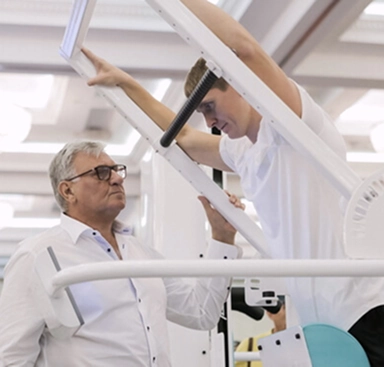
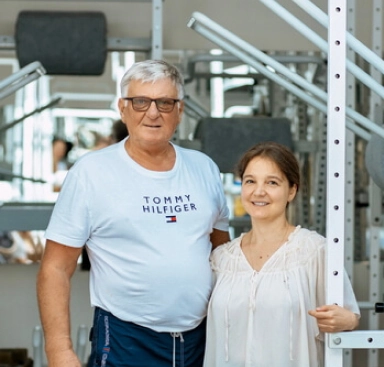
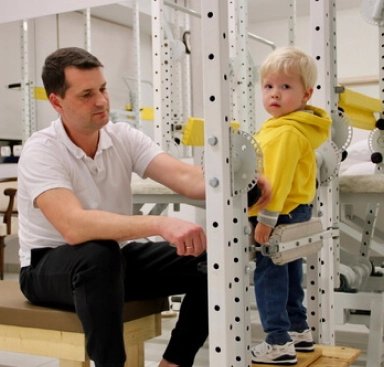
Patient stories
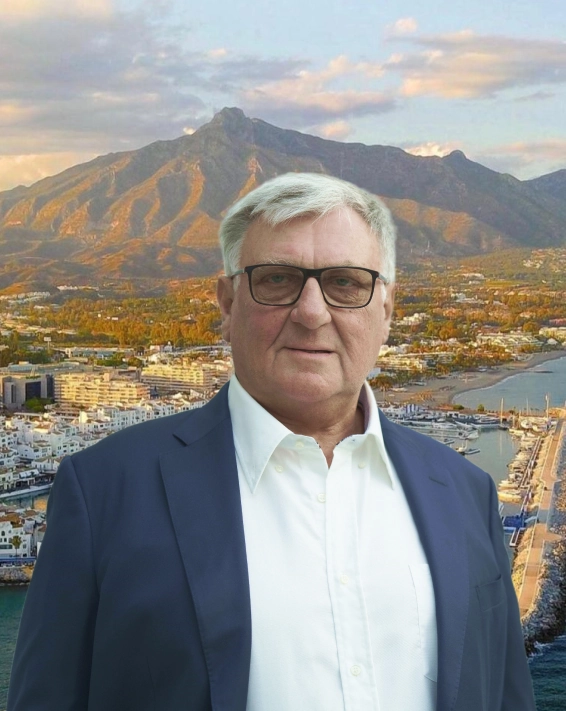
Professor Blum’s Exclusive Rehabilitation System

The center is located in a picturesque corner of the renowned resort town of Marbella, surrounded by cedar trees at the foot of La Concha mountain. Here, science and technology blend with nature, creating a space where the body returns to balance and harmony.
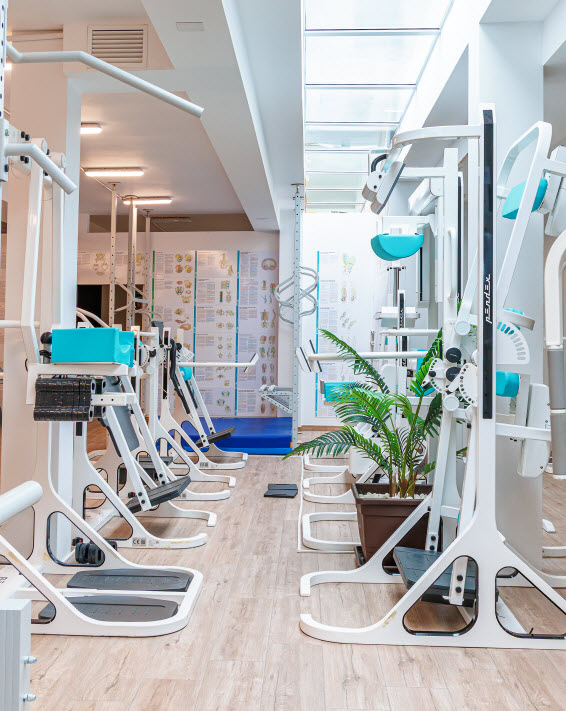
Technologies that deliver results
Select a program
- Personalized Health Recovery Programs
- Disease Prevention
- Customized Check-Up
Q&A
A sedentary lifestyle can turn even a slight predisposition into a serious condition. The key to preventing postural disorders is maintaining sufficient physical activity. Our Centre offers annual check-up programs that help identify any deviations from the norm. Based on the results, we develop a personalised program to correct these issues. If you have any questions, schedule a free online consultation with a specialist at our Centre.
The duration of the rehabilitation course depends on the type of disorder, its severity, the patient’s age, and any associated consequences. To determine the exact duration and cost of the course, schedule a free online consultation with a specialist at the Centre.
Yes, it is possible if you begin treatment at an early stage of the condition, choose the right treatment method, and consistently follow the recommended guidelines.
When examining yourself, you may notice uneven shoulder levels or an unusual position of the shoulder blades—one may protrude backward or be closer to the spine than the other. The space between the elbow and waist on the right and left sides may differ. A pelvic obliquity or one leg being longer than the other can also be signs. When bending forward, one side of the back may appear more elevated than the other. We recommend performing home photo tests (link to the webpage with photo tests).
Each patient gets a set of exercises to perform at home upon completing rehabilitation at our Centre.
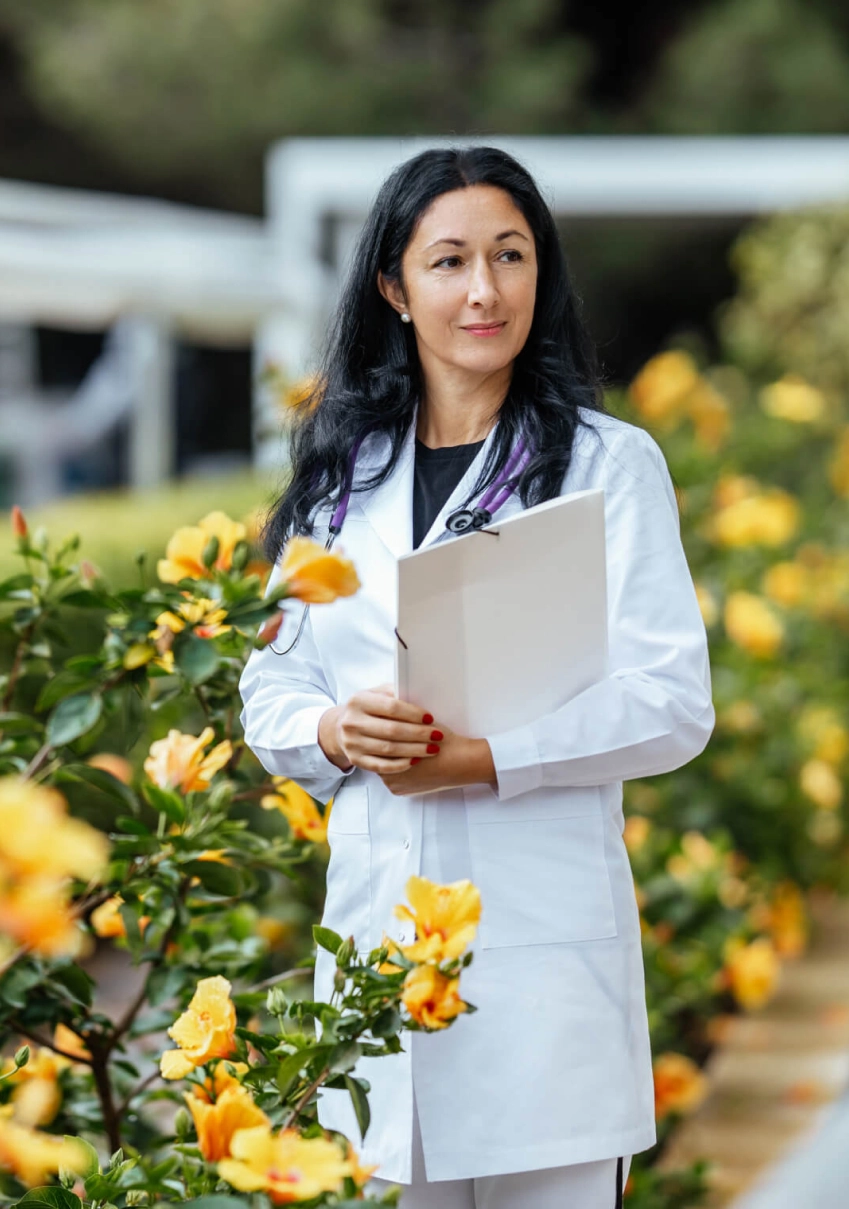
The cost of a course of treatment with a stay in a hotel
- Appointments and consultations
- Creating an individual program
- Conducting personal sessions
- Appointments and consultations
- Creating an individual program
- Conducting personal sessions
Other areas of work of our Center
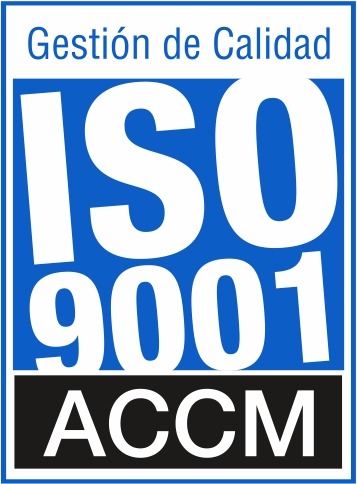






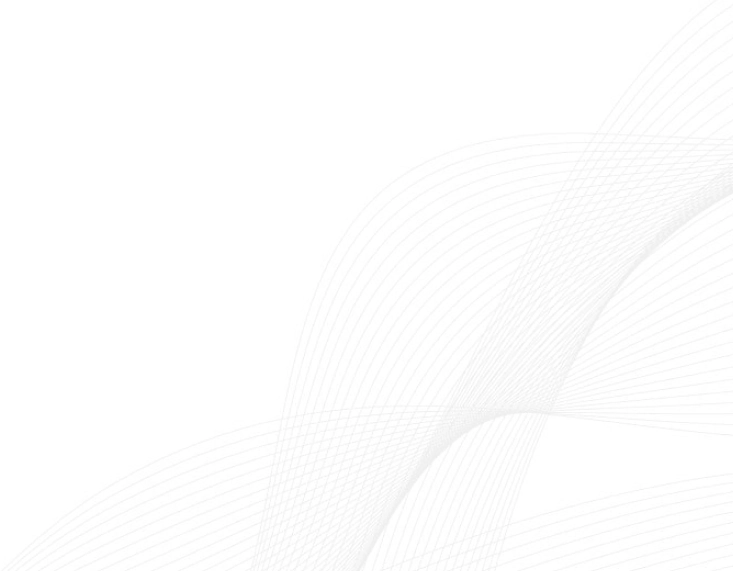
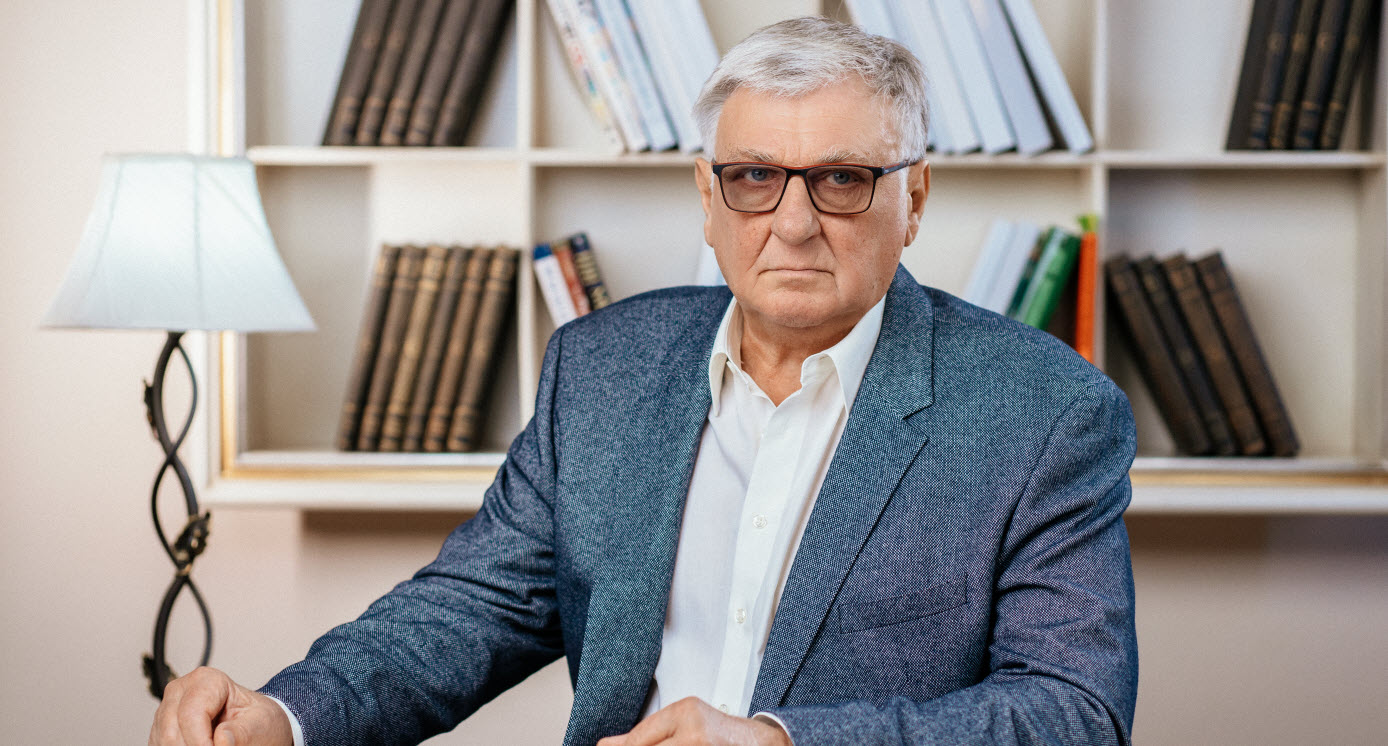
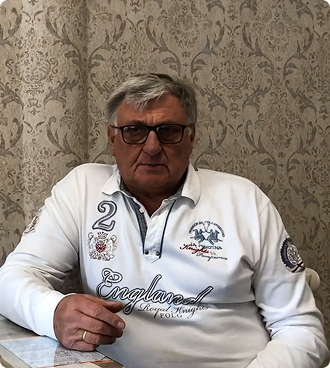
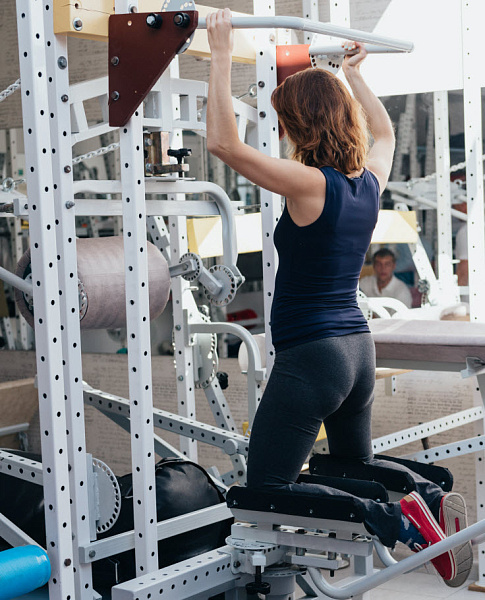
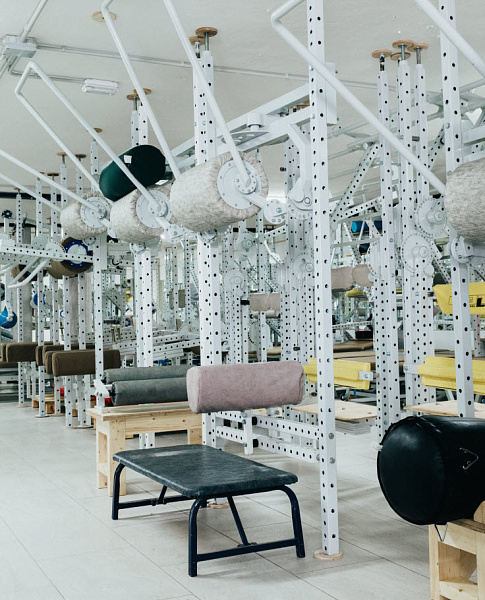

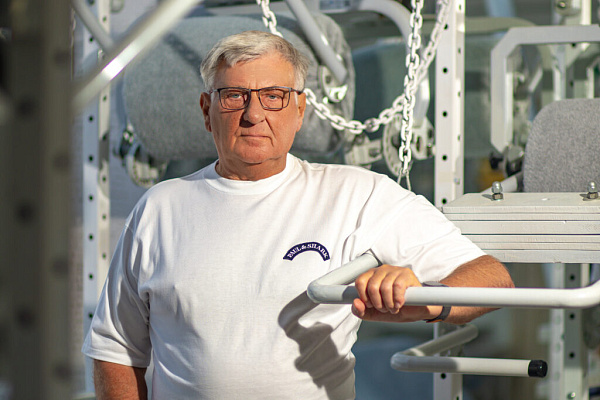
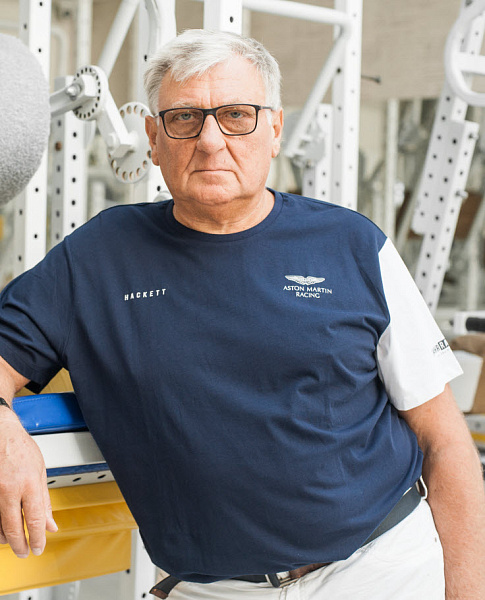
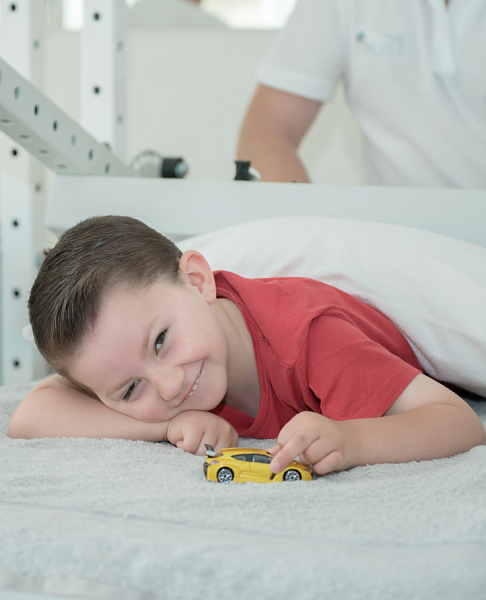
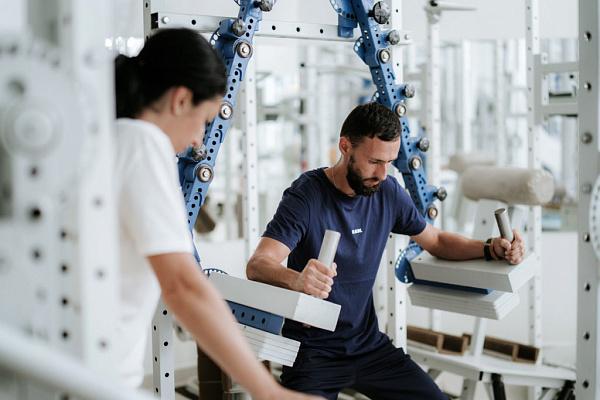
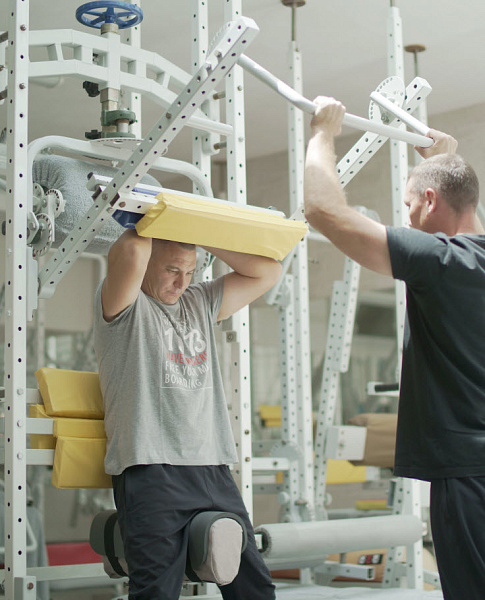
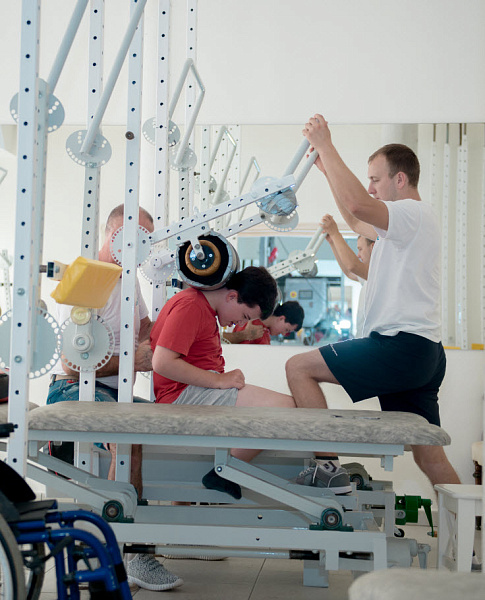
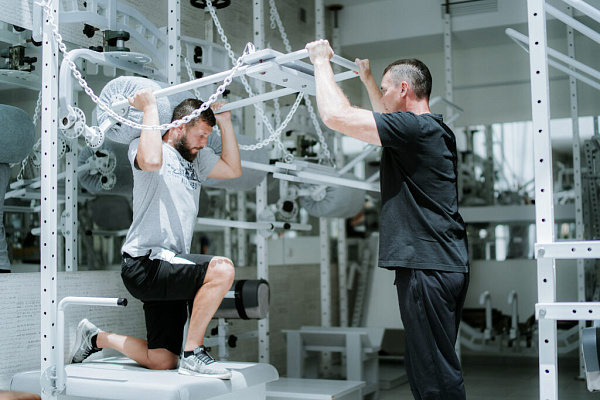
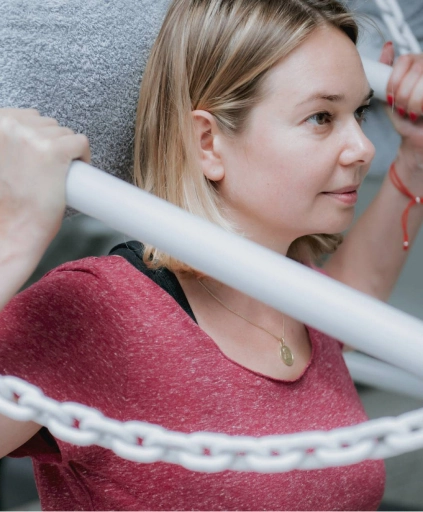
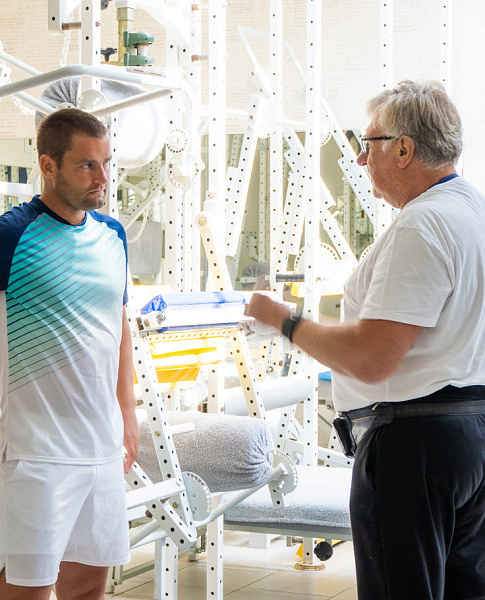

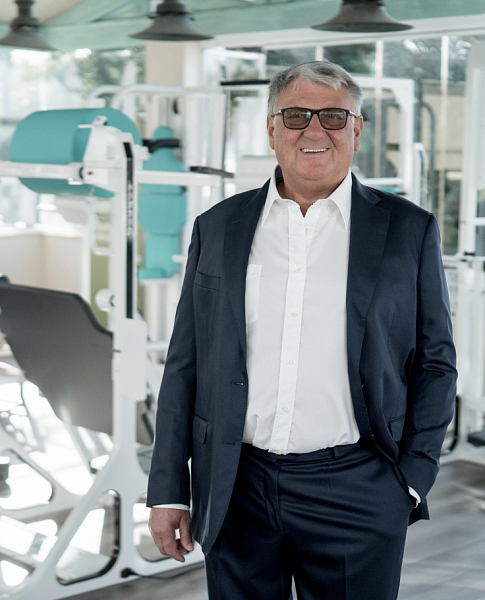

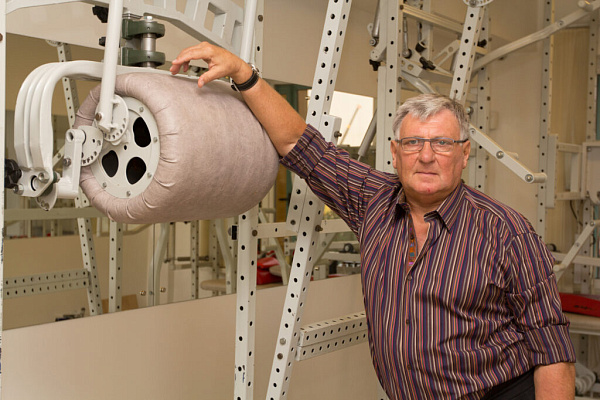
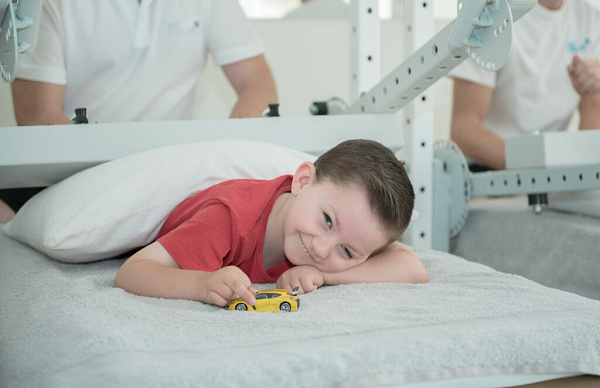
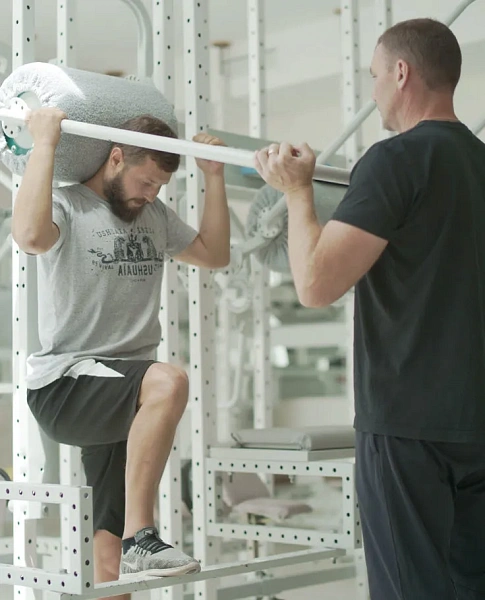
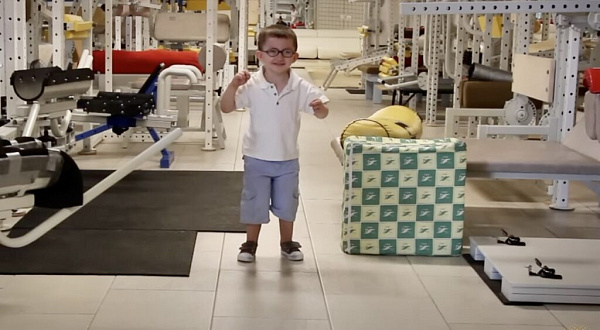
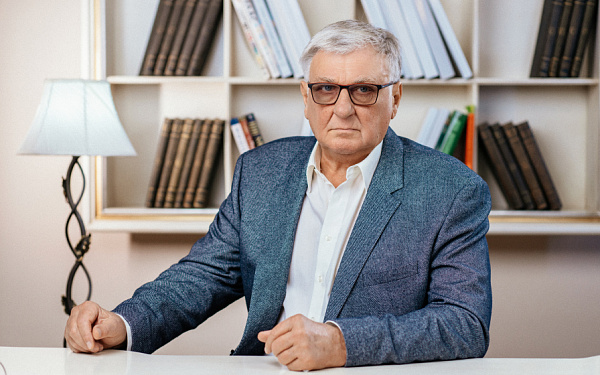
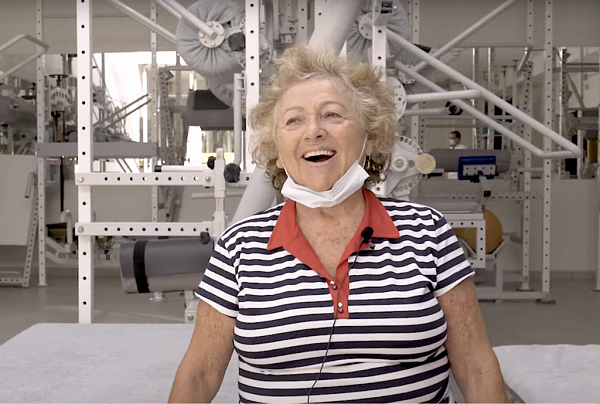

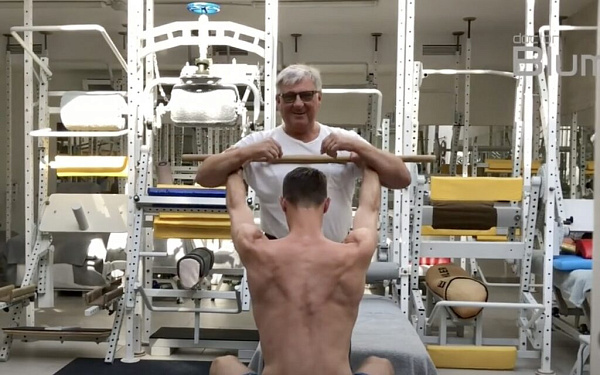
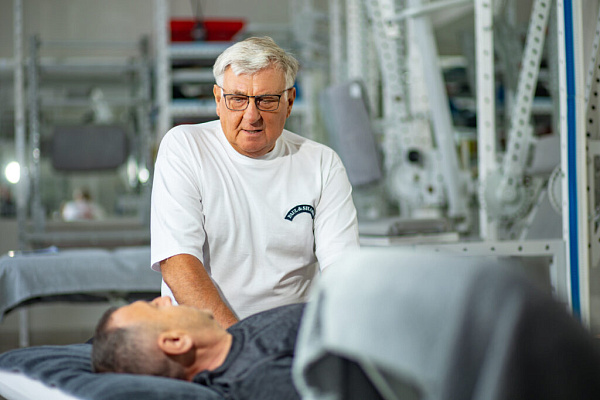

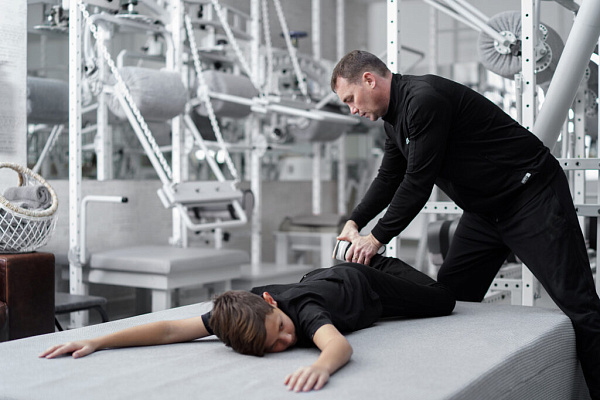

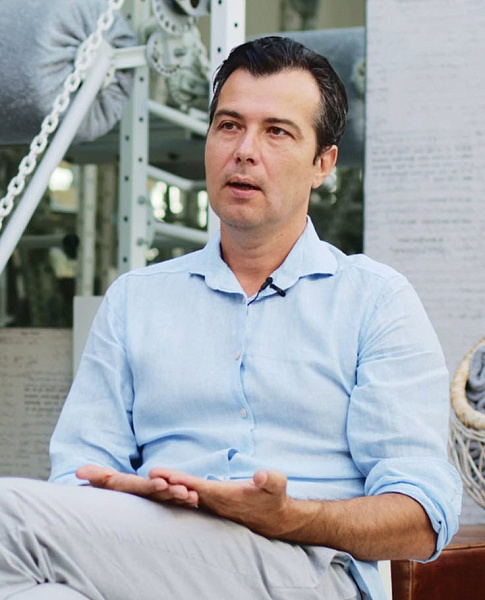
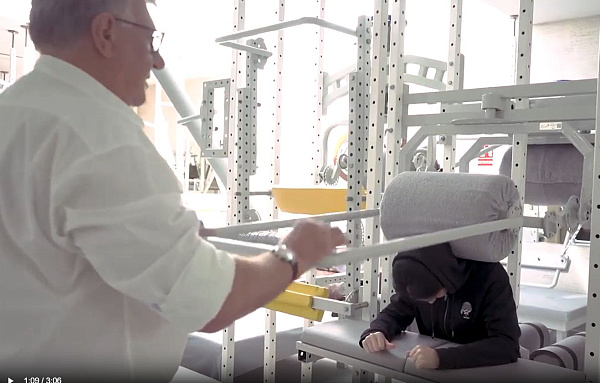
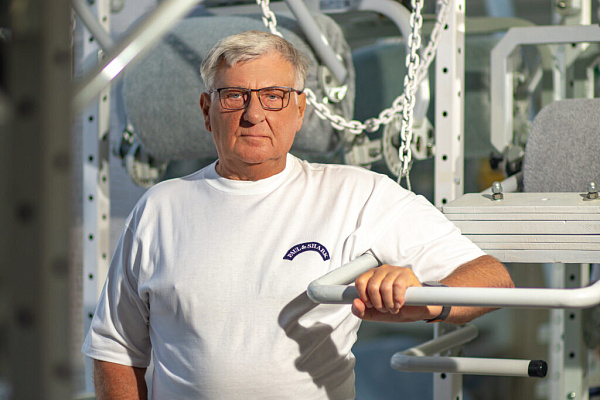
.webp)
